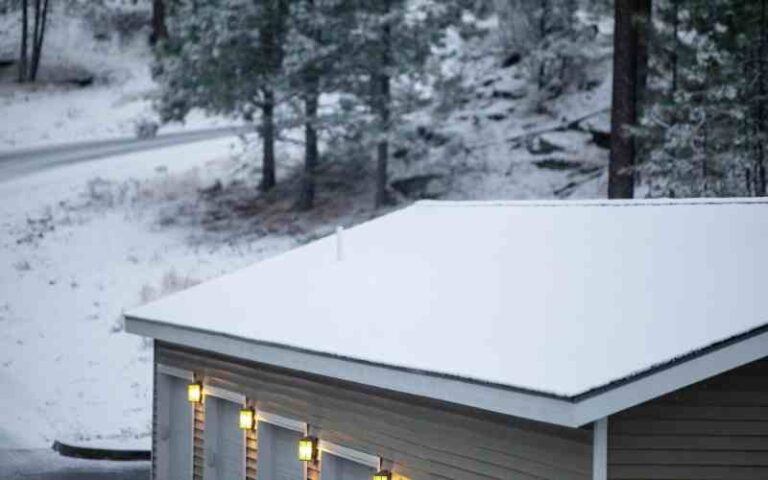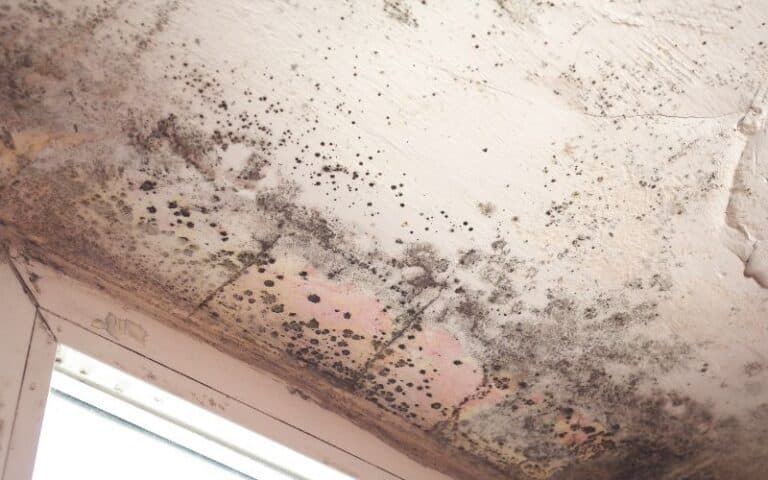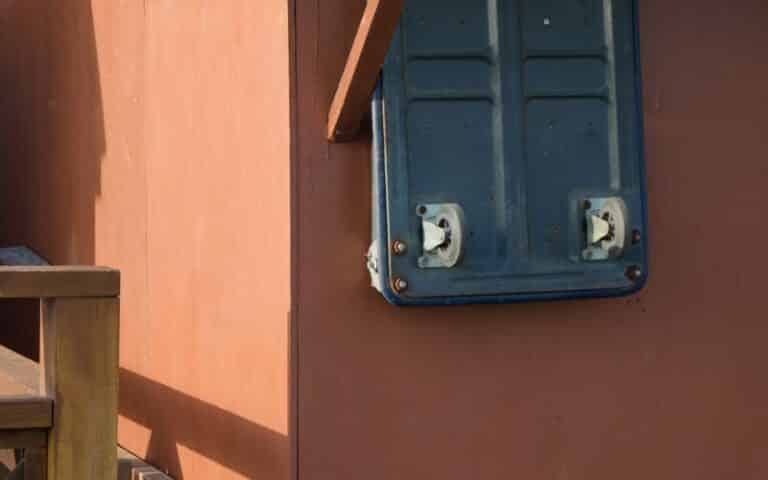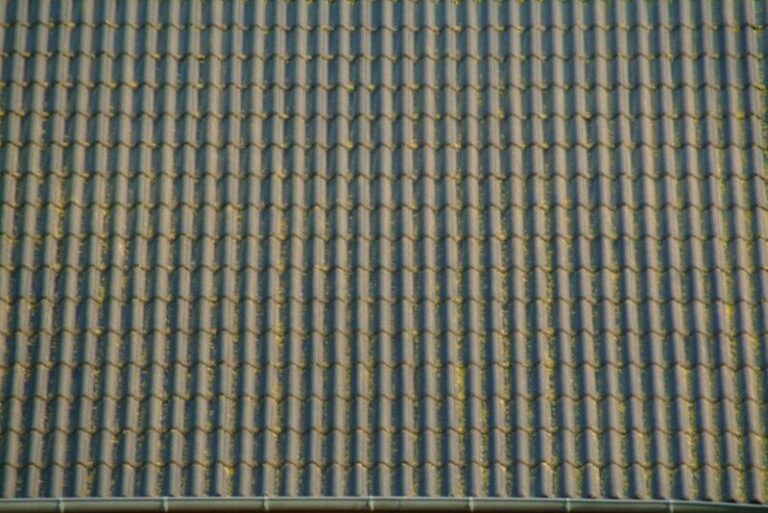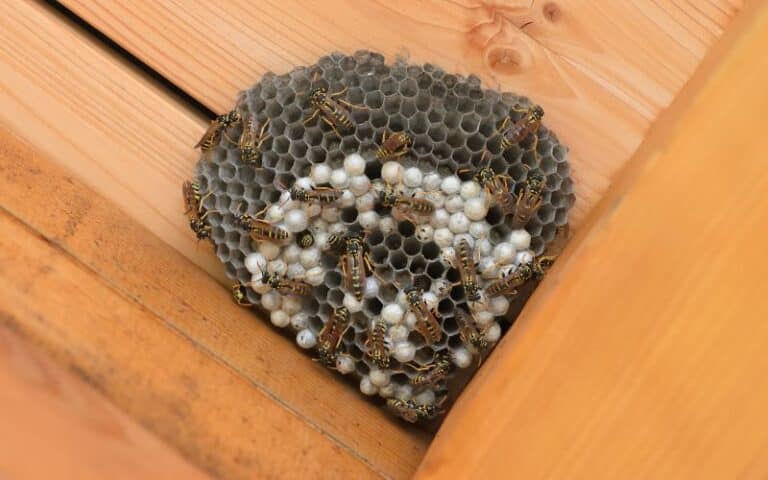Touch down roof coating has steadily become one of the most popular types of roof for people who would prefer flat, commercial roofs.
Its popularity arises from the belief in its reliability and the strong marketing strategy employed by the manufacturers.
However, many people looking to build houses still have questions about what exactly torch down roofing is. So, this article talks about that.
Torch down roof coating is a rolled material for roofing consisting of a solid waterproof layer attached to a thickset coat of asphalt. This material, also called modified bitumen, is loaded with excellent-quality resins which permit the roof to expand and contract at length. Usually, torch down roofing is applied with a propane torch to create a watertight adhesion.
Ready for a Roofing Quiz?
What Is Torch Down Roofing Made Of?
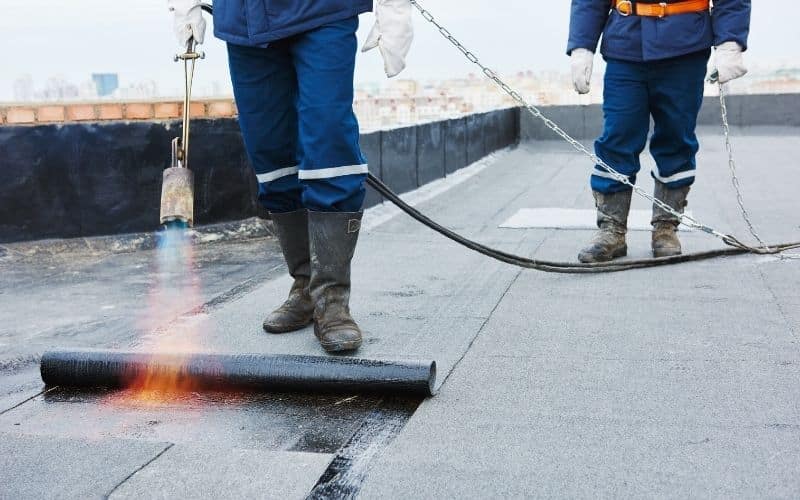
You can get torch down roofing in the form of folded sheets. So, when they are being installed, the contractor unfolds them.
These carry two or three sheets if you’re going for a two-layer or a three-layer torch down roofing coating, respectively.
So, every sheet of torch down roofing material comprises many layers placed on top of one another. The first layer is the thermo-fusible film and the second layer is the modified bitumen.
The third layer is the reinforced polyester, the fourth layer is the modified bitumen, and the last layer is the modified mineral surface.
Other manufacturers add options for color and protection against ultraviolet light. In addition, various other distinctive properties are added to the torch down roofing material during manufacture to improve its quality.
Only the three-layer roof carries the additional layer: the granulated mineral surface. Modified bitumen, which makes up the second and fourth layers of your torch down roofing, is an asphalt compound.
It is instrumental in construction processes such as road construction and roofing. Modified bitumen consists of asphalt bitumen with plastic or rubber additives.
However, two different kinds of modified bitumen are used in the manufacture of torch down roofing coating, they are:
#1. Atactic Polypropylene (APP)
Atactic polypropylene is a plastic utilized to manufacture modified bitumen to produce torch-down roofing material.
This polypropylene material creates a highly flexible torch down roof coating and allows it to stand excellently in the face of temperature variations.
#2. Styrene Butadiene Styrene (SBS)
This is a rubber used to manufacture modified bitumen for torch down roof production. These also have high flexibility but lower melting temperatures than atactic polypropylene.
These features indicate that you can use styrene butadiene styrene in torch-down roof coating. It is also possible to use this material for cold-processed and self-adhering roofing structures.
How Much Does Torch Down Roofing Cost?
Generally, certain factors are considered when installing the torch down roofing. These factors are the roof area, the roofing grade, the labor, and the roof layout.
Visibly, a roof covering a more expansive area would cost more than a small roof. Also, when looking to use a higher grade of roofing material, be ready to spend more.
In addition, a roof with a complex shape definitely costs more than one with a low slope. But after comparing all these, here’s an average cost of installing a torch down roofing.
Torch down roofing costs about around $3 to $6 per square foot if the installation is completed.
Note that every torch down roofing unit consists of some bitumen, fiber, and polyester membranes, and the mixture of these components is laid within gravel and asphalt layers.
This layering is wholly carried out on the site to ensure that it covers the whole roof. From here, the installer utilizes a blowtorch to secure the layers, creating a waterproof roof.
This torch-down roof is quite expensive because its lifespan ranges between 20 to 25 years.
The torch down roofing does not need major or regular maintenance. Nonetheless, it wields an excellent look that beautifies your house.
The torch-down roofing materials would cost between $1 to $2 for every square foot. However, the primary factor that affects this price is the width and thickness of the coating.
Therefore, if you pick a heavier and stronger product, you will get a better warranty.
So, apart from the primary layer of torch-down roofing, other materials and tools are needed to install your roof. Contractors need these items to prepare and set up the roofing.
To put your torch down roofing into place, you’ll be charged around $2 to $4 per square foot. These roofs tend to get pretty messy during installation, and they pose some level of danger to the installer.
So, it is always easier for professionals that focus on this kind of roof installation.
However, if you’re only fixing your roof, maybe applying a torch down over your old roof would be a little cheaper.
So, combining all these, the total cost for a torch-down roof would fall between to for each square foot. So, these roofs aren’t that expensive compared to other kinds of roofs.
Benefits Of Torch Down Roofing?
Torch-down roofing has gotten popular due to the several excellent benefits it provides; here are a few:
#1. Resistant To Water
This is the foremost duty of every roof, to keep water from getting into the building. But this task is more challenging when installing flat roofs, especially if you live in a snowy region.
So, the heat-enclosed seams and waterproof layers make torch-down roofs one of the most reliable flat-roof structures.
#2. Flexible And Durable
The flexibility of torch-down roofs is second to none. This is due to the expandable and contracting feature of the bitumen sheets.
So this allows the roof to withstand sharp variations in temperature without breaking down.
In addition, the make-up of torch-down roofs produces strength and maximizes the lifespan of your roof.
#3. Highly Energy Efficient
These provide significant protection against ultraviolet rays and heat. The layers of material make this possible, which pushes down your cooling bill when the hot weather comes.
#4. Outstanding Lifespan
Due to the superior materials used in the manufacture of these roofs, they tend to last for about 20 to 25 years. This gives it an edge over other flat roof structures.
Disadvantages Of Torch Down Roofing
Despite the excellent characteristics of this kind of roofing, there are still downsides to it; here are a few:
#1. Fire Risks
Because torch-down roofs are installed using a naked flame, there is always some level of fire risk present.
Although modified bitumen is fire-resistant to a level, it can flare up when temperatures become too high.
But because of this, only highly-trained professionals are allowed to install these torch down roofs.
#2. Seam Failure
Your roof can leak badly if the seams do not seal properly. However, three-layer roofs considerably reduce the chances of this happening.
Moreover, repairing your roof is a pretty straightforward process.
#3. Trapping Of Water
In rare situations, water can be trapped in the membranes of your roofing material during installation. Because of this, it is always advised to fix and install your roof in dry weather.
#4. Vulnerability To Tears And Scuffs
Despite the flexibility and durability associated with a torch-down roof coating, it is susceptible to scuffs and tears. For this, you should ensure to inspect your roof for damage frequently.
In addition, piling debris, pooling water, and snow build-up could cause intensive damage to your roof.
See More: Fiberglass Deck Coating Cost
Conclusion
Torch down roof coating is one of the most in-vogue roof systems. And this is for a good reason; its flexibility, energy efficiency, and durability create an edge over other roof types.
However, there are also a few downsides associated with it.

